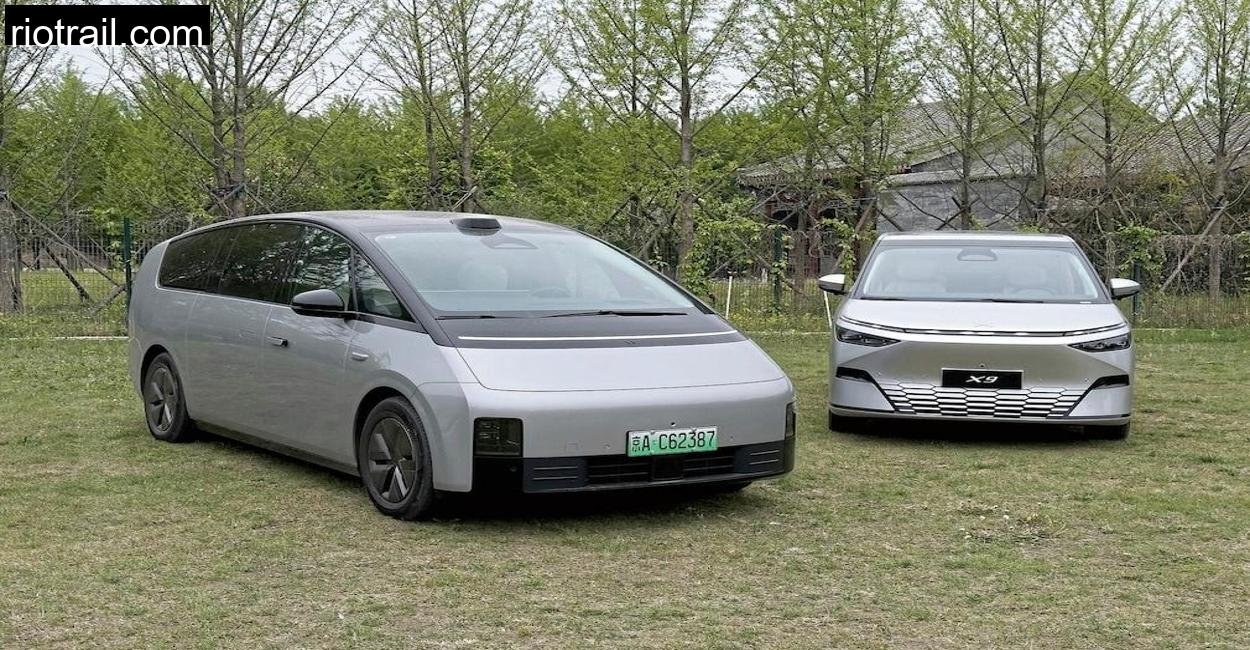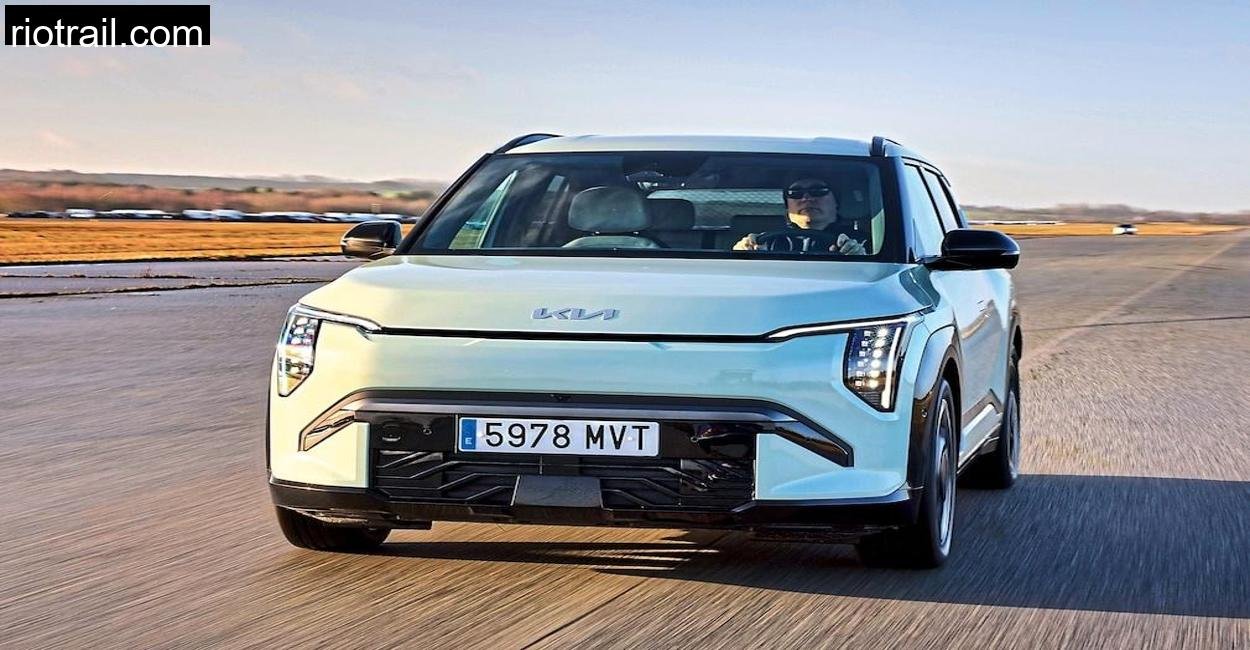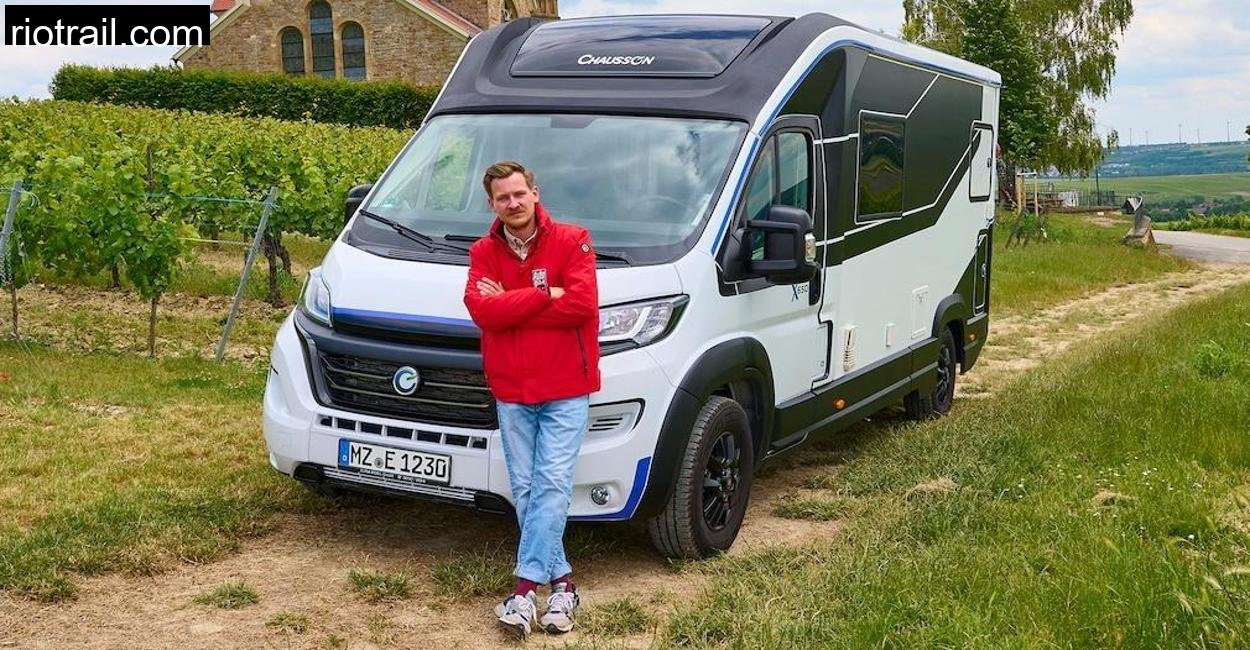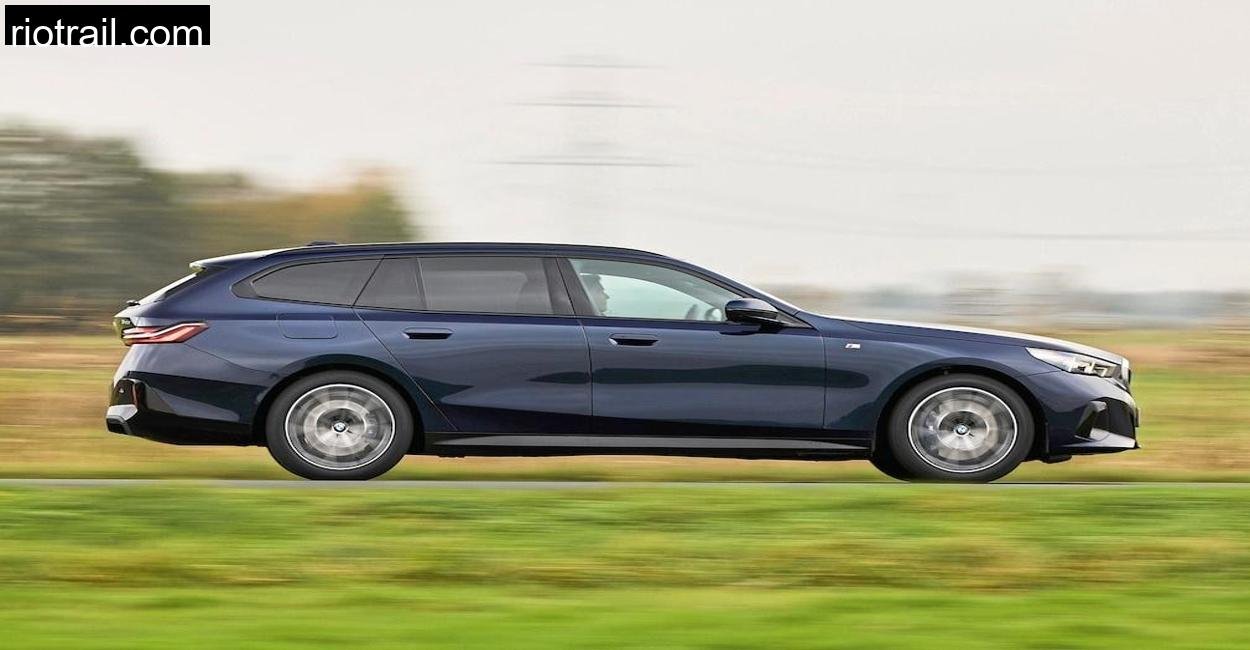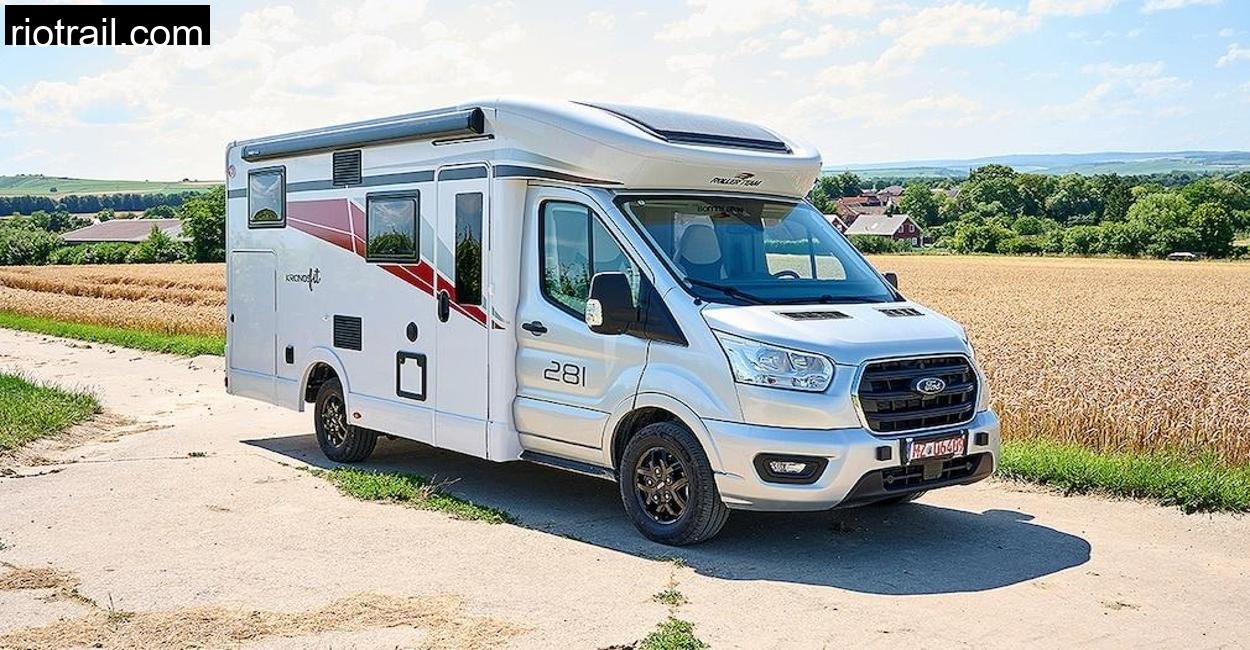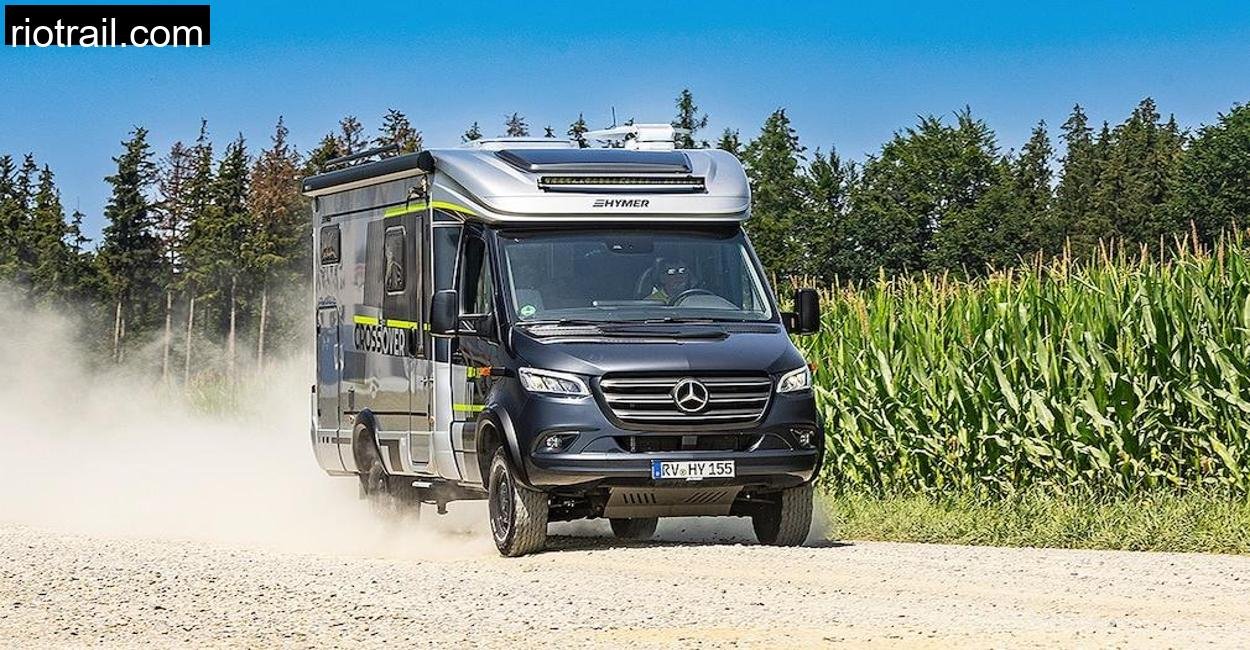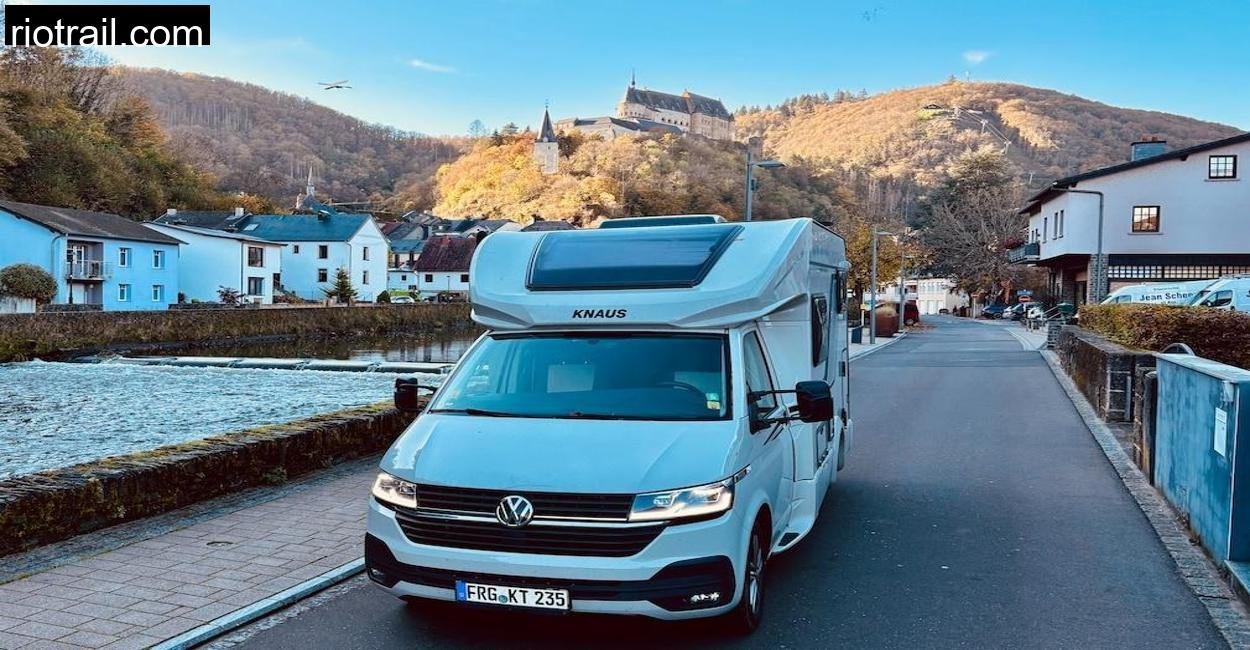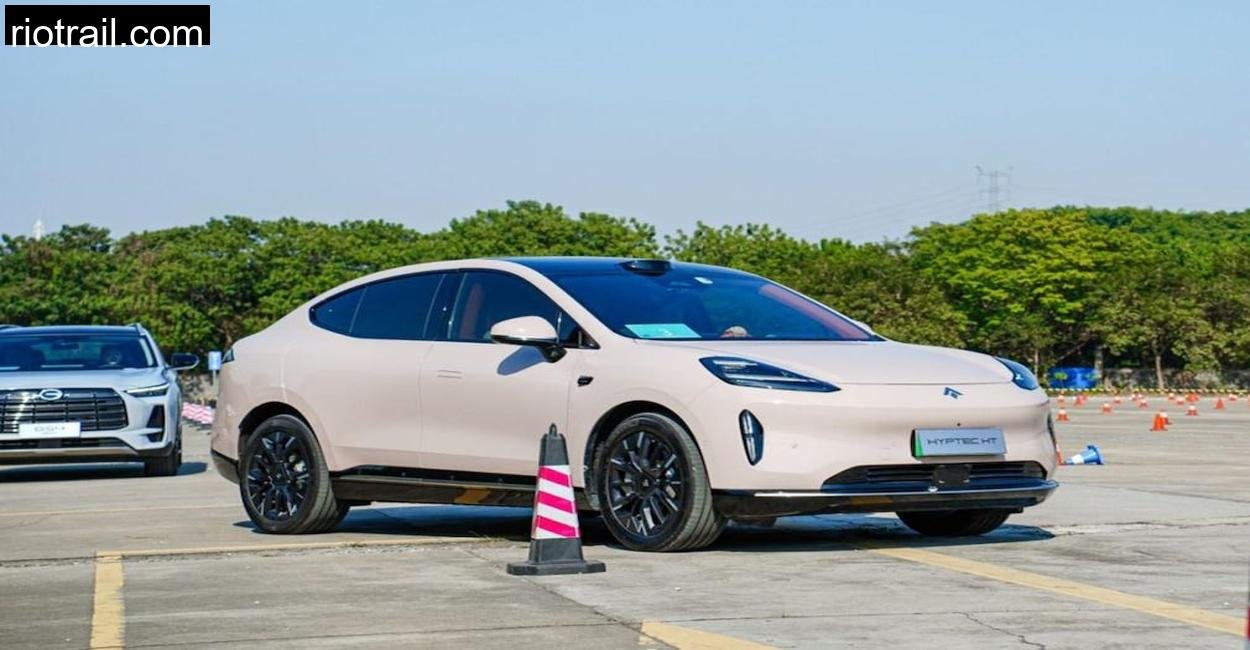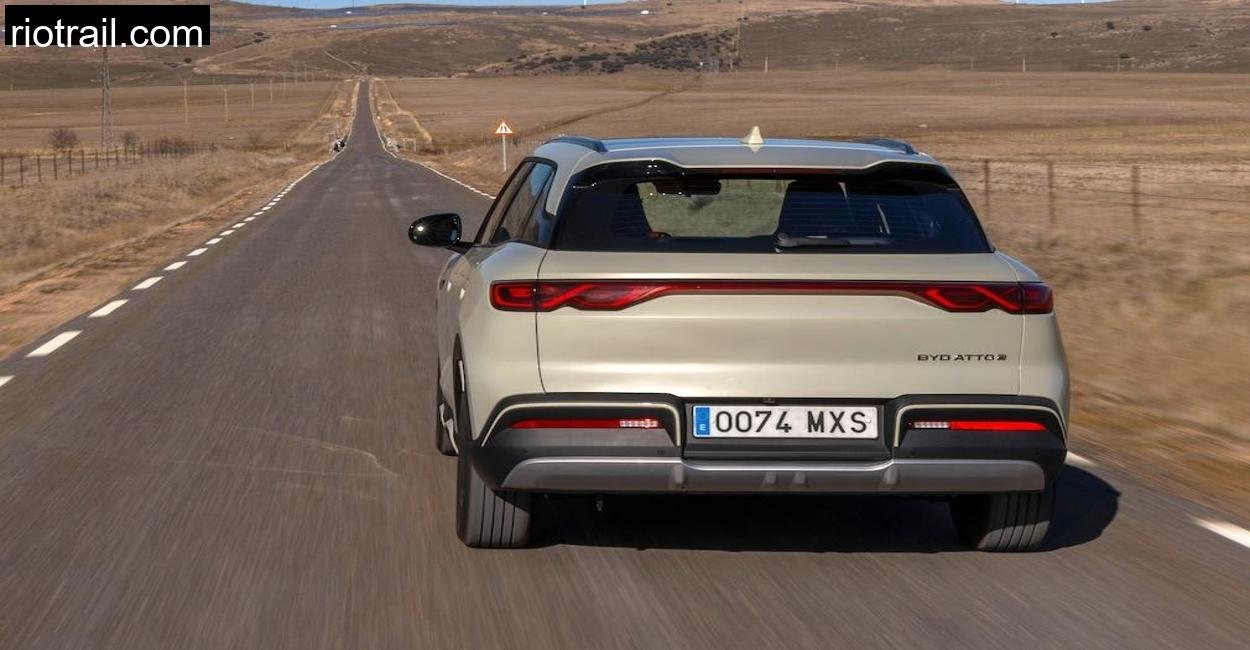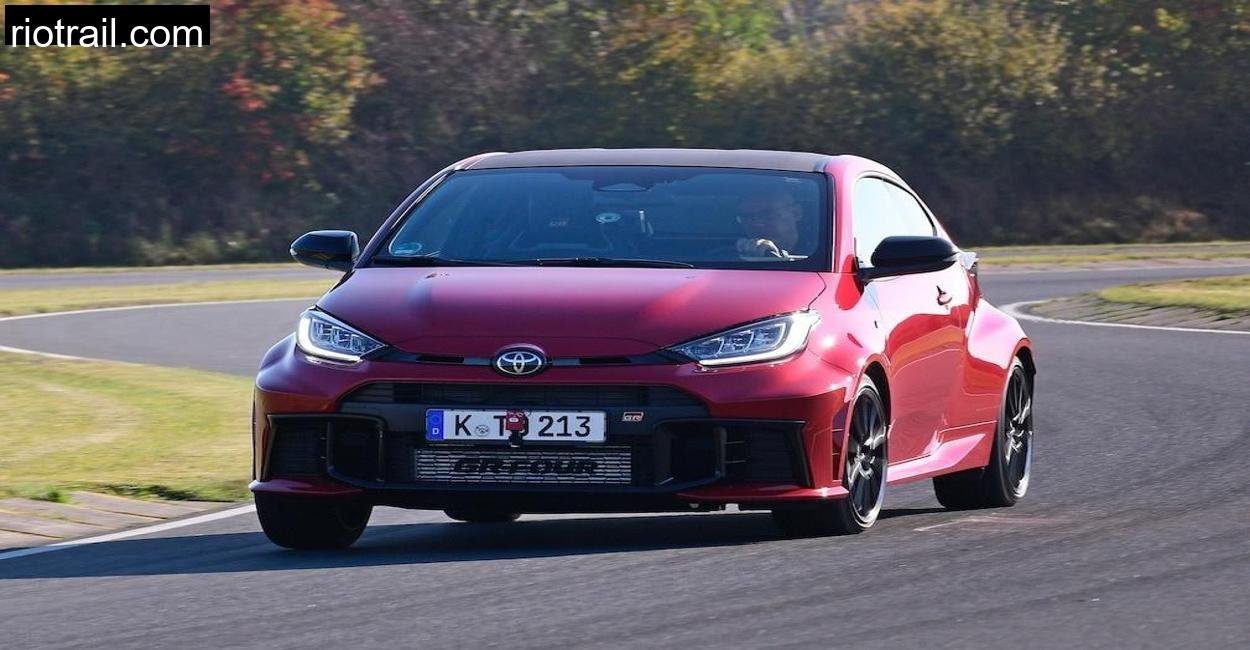There’s a particular kind of stillness that settles over Lemberg in the early morning. The wooded hills surrounding this small German town cradle its winding streets, keeping them cool and mist-draped until the sun burns through. I arrived here just after dawn in a rental ID.4, the soft whir of the electric drive matching the silence of the landscape. But this wasn’t my car for the day. Parked in the courtyard of an old timbered guesthouse, glowing softly under the diffused light, stood the reason I had come all this way: the LiAuto Mega.
When I first saw it, I had to blink. The Mega doesn’t look like a van. It looks like something an architect might drive to a sci-fi convention, or the vehicle of choice for an intergalactic diplomat. Streamlined, futuristic, huge. It made the surrounding cars, Golfs, Passats, even a nearby EQV, look awkward and dated.
This wasn’t going to be an ordinary test. The Mega promised a kind of next-level mobility, a cinema on wheels with record-setting aerodynamics, massive range, and an interior that could shame a Maybach. But would it actually deliver? I had a day of driving through Lemberg’s countryside, up into the Palatinate Forest, and along a stretch of Autobahn to find out.
First Impressions: A Moving Monolith
Walking around the Mega in person is a humbling experience. It’s longer than a VW Transporter by a full stretch, and broader, too. The front is clean and uninterrupted, like the nose of a Japanese bullet train. The headlights are barely visible, tucked away into slits. The flanks are perfectly vertical, the rear a crisp taper.
You can tell Porsche’s former designer Ben Baum had a field day here, he’s created something both beautiful and purposeful. The drag coefficient is a staggering 0.215, making it more slippery than a Porsche Taycan, despite the Mega being nearly three tons in weight.
I slid into the driver’s seat, which felt more like entering a small command bridge than a van. The steering wheel held a built-in display, Formula 1-style, while the main dash was clean, with a vast panel extending across to the passenger side. Minimal, elegant.
Driving into the Future: Smooth, Fast, and Quiet
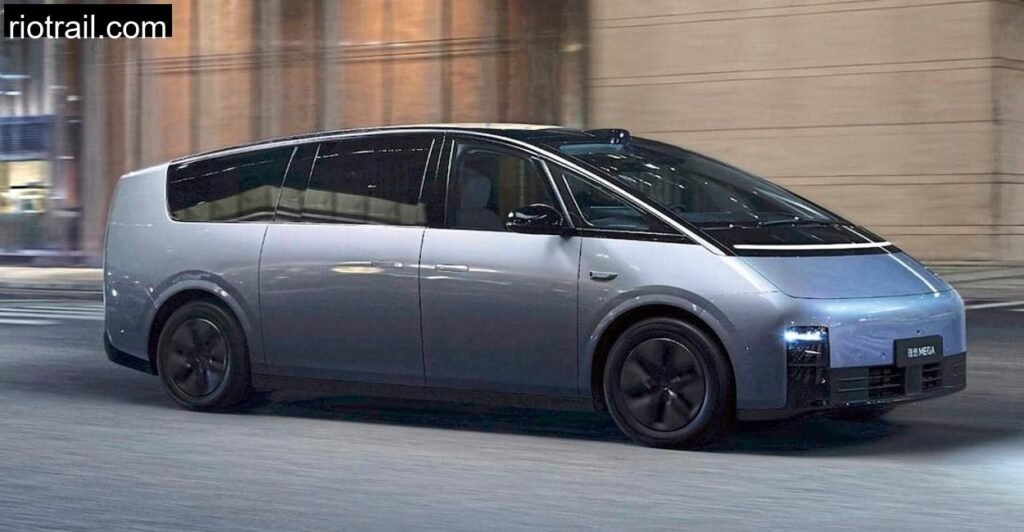
Turning out of the guesthouse and onto the main road through Lemberg, I was immediately struck by the Mega’s refinement. Silent, eerily so, even by EV standards. The engineers promised it’s quieter inside than a Maybach S-Class, and I believe it. There was a profound hush as we glided along the sleepy streets.
Power comes from a dual-motor setup: 210 hp up front, 333 hp at the rear, for a combined system output of 543 hp and 542 Nm of torque. I wasn’t expecting much excitement from such a huge machine, but the Mega had surprises in store.
A firm press on the accelerator yielded a 5.2-second 0–100 km/h surge that was both brisk and composed. You don’t feel the weight fighting you, LiAuto’s chassis tuning and perfectly matched air suspension keep the Mega level and confident. The top speed is limited to 180 km/h, which I later confirmed on the Autobahn.
But let’s be honest: this isn’t a driver’s van. The steering is light and somewhat detached. The suspension, while excellent at ironing out bumps, encourages calm, measured progress. Push it hard through corners, and physics remind you this is a vehicle over five meters long with a 3.30-meter wheelbase. Smooth and dignified is the Mega’s preferred style.
Still, I found myself cruising effortlessly through the winding forest roads above Lemberg, marveling at the stability and comfort. And when it came time to join the Autobahn near Kaiserslautern, the Mega dispatched long fast sections at 160–170 km/h with aplomb, quiet, planted, and with torque in reserve.
Range and Charging: The New Benchmark?
If there’s one spec that defines the Mega, it’s this: 710 km of WLTP range. That’s not a typo. It comes courtesy of a 103 kWh 800-volt battery pack that’s both dense and fast-charging.
On the drive, temperatures hovered around 12°C, ideal for battery performance. After a full charge overnight (via a public 350 kW charger in Pirmasens), the Mega indicated 690 km of predicted range. After 250 km of mixed driving, city, rural, Autobahn, I still had 425 km remaining. Real-world efficiency hovered around 18.5–19.2 kWh/100 km, remarkably good for such a large machine.
But here’s where the Mega blows away the competition: charging. The 552 kW max charging power is unheard of in Europe. Unfortunately, German chargers top out at 350 kW, but even so, I managed to add 64% of charge (about 450 km of range) in just 13 minutes at a top-tier Ionity station.
In China, where 500 kW chargers are already operational, LiAuto claims 500 km can be added in just 12 minutes, Tesla, Porsche, Mercedes: take note.
Interior: A Living Room on Wheels
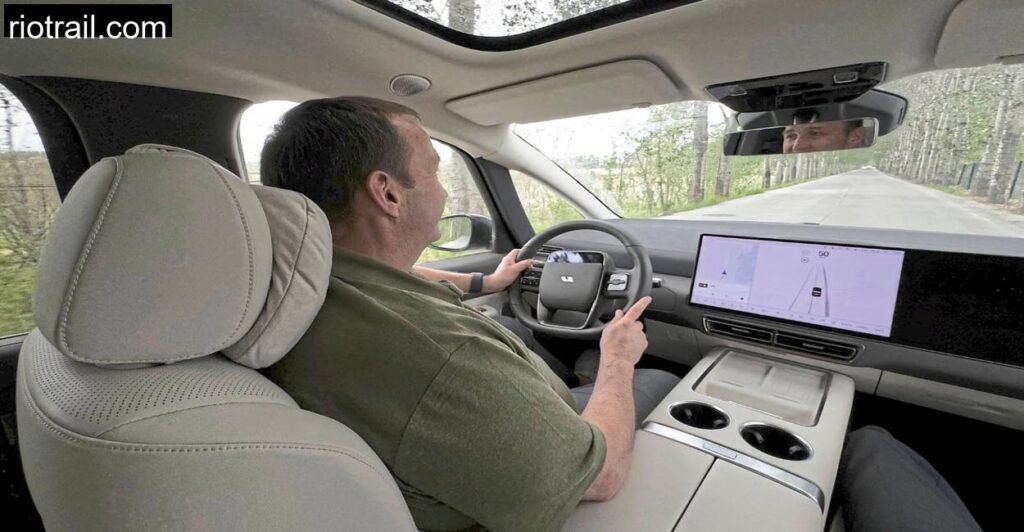
I parked by a lake near Lemberg’s nature park and explored the interior in depth. This is where the Mega becomes truly next-level.
First row: plush, ventilated armchairs with 16 massage points, fully heated, including side bolsters. Passenger seat is effectively a queen-size lounge with its own dedicated display.
Second row: true luxury captain’s chairs that recline more than 90 degrees. Integrated leg rests, heated and ventilated. Legroom exceeds what I’ve experienced even in the latest BMW 7 Series. You can practically lie flat.
Third row: even here, space is remarkable. Full-size adults can sit comfortably with room to spare. No knees-to-chin compromises here. And with over 1000 liters of boot space even with all seats occupied, the Mega is a genuine family and travel machine.
The party trick? A 15.7-inch OLED screen folds from the ceiling for rear passengers. Watching a movie on this is an experience unto itself, Dolby Atmos 2000W sound system, vibrating seatbacks synced to action sequences, panoramic roof overhead. It truly is a cinema on wheels.
Controls are primarily voice-based, with ChatGPT integration allowing natural conversation. However, LiAuto retains gesture controls, which felt slightly gimmicky next to the superior voice interface. Still, the entire UI is leagues ahead of European brands for clarity, response time, and richness of content.
Practicality Meets Presence: Using the Mega Day to Day
Driving the Mega around the narrow streets of Lemberg presented a small challenge: it is enormous. 5.35 meters long, nearly 2 meters wide, you need to plan parking carefully. The soft steering and excellent surround cameras help, but this is not a car for tight city centers.
However, on main roads, Autobahns, or country drives, the Mega simply glides along. Air suspension soaks up imperfections, though it leans more toward comfort than handling. No surprise there.
As for practicality: beyond the vast cargo space and seating flexibility, the Mega is also a mobile power station, supporting vehicle-to-load (V2L) capability. I used it to power a small coffee machine and laptop during a lakeside break, perfect for road trips or outdoor work.
Conclusion: The MPV Reinvented?
Driving back to Lemberg in the afternoon light, I reflected on what I had experienced. The LiAuto Mega is not perfect, handling enthusiasts will find it ponderous, and in Europe, its sheer size will limit where it feels at home.
But in nearly every other respect, it is a quantum leap forward for the MPV segment. Design, range, charging speed, interior comfort, technology, on these metrics, it crushes traditional European offerings.
Price is high, about €74,000 equivalent, but considering what you get, it undercuts a comparably specced EQV, let alone a Maybach GLS or high-end luxury SUV.
If LiAuto brings the Mega to Europe, it will force the legacy brands to rethink what an electric family van can be. And for those lucky enough to drive one, it may well redefine what they expect from long-distance travel.
Technical Specifications
All the technical information comes straight from LiAuto’s own website for reliability.
| Model | LiAuto Mega |
| Length | 5,350 mm |
| Width | 1,965 mm |
| Height | 1,850 mm |
| Wheelbase | 3,300 mm |
| Weight | ~2,900 kg |
| Power (Front/Rear) | 210 hp / 333 hp |
| Total Power | 543 hp |
| Torque | 542 Nm |
| Battery | 103 kWh, 800V architecture |
| Range (WLTP) | 710 km |
| Max Charging Power | 552 kW DC |
| Charging Time (500 km added) | 12 minutes |
| Acceleration (0–100 km/h) | 5.2 seconds |
| Top Speed | 180 km/h |
| Seats | 6 (2+2+2) |
| Trunk Space | >1000 liters with all seats up |
| Infotainment | OLED screen + 15.7” rear screen, Dolby Atmos, ChatGPT integration |
How fast is the LiAuto Mega?
It accelerates from 0–100 km/h in 5.2 seconds and tops out at 180 km/h.
How quickly can LiAuto Mega charge?
On a 500 kW charger (available in China), you can add 500 km of range in 12 minutes. In Germany, limited to 350 kW, I added 450 km in 13 minutes.
Is the LiAuto Mega suitable for European roads?
On highways and main roads, absolutely. In tight city centers or older towns, its large size can be challenging.
